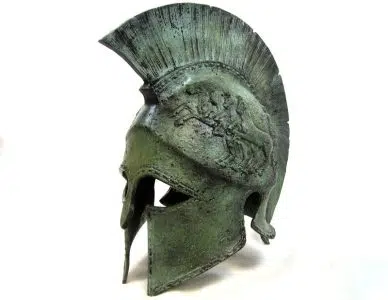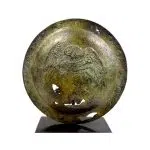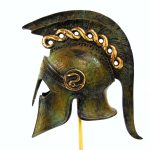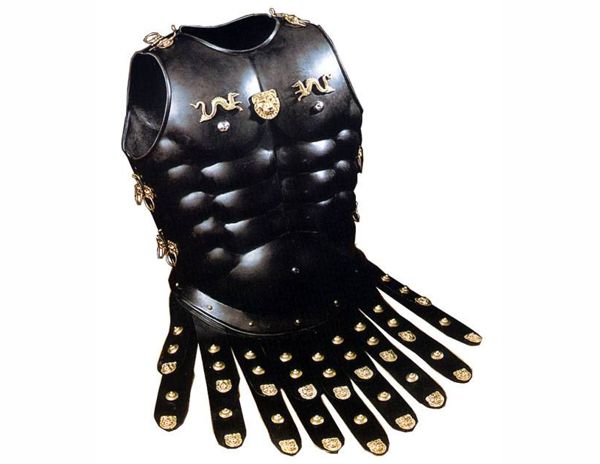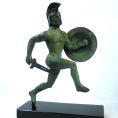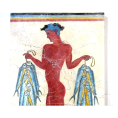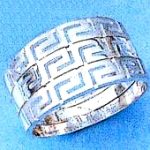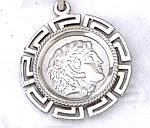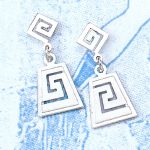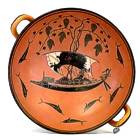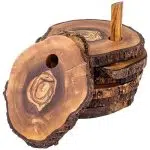The word “hoplite” derives from “hoplon”- the type of greek shields used by the soldiers, although, as
a word, “hopla” could also denote weapons held or even full armament.
In later texts, the term hoplite is used to denote any armoured infantry, regardless of armament or ethnicity. Indeed,
the classical hoplite shield was the aspis (the large, round shield we all associate with Greek warfare).

| Spartan Hoplite 440 BC. |
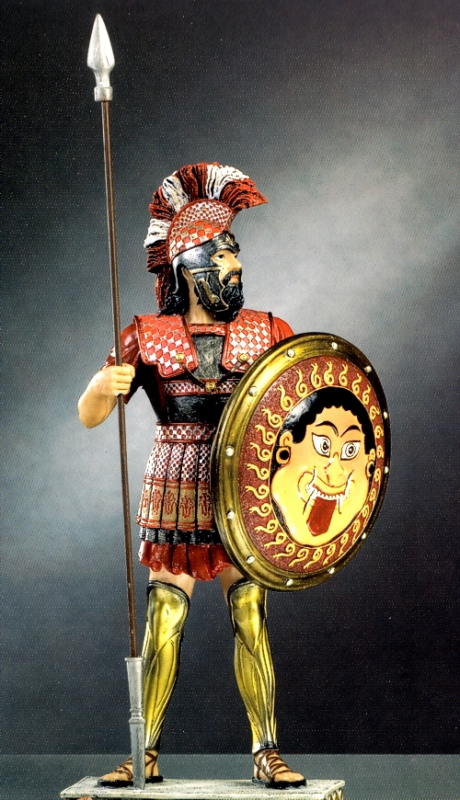
of the Persian wars |
Hoplite armour
A hoplite was primarily a free citizen who was usually individually responsible for procuring his greek body armour and weapon. In most Greek city-states, citizens received at least basic military training, serving in the standing army for a certain amount of time.Many famous personalities, philosophers, artists and poets fought as hoplites, like the playwright Aeschylus
at the battle of Marathon in 490 BC.
The hoplites were expected to take part in any military campaign when they would be called for duty. The Lacedaemonian citizens (i.e. Spartans) were renowned for their lifelong combat training and almost mythical military prowess, while the Athenians were exempted from service only after the 60th year of their lives.

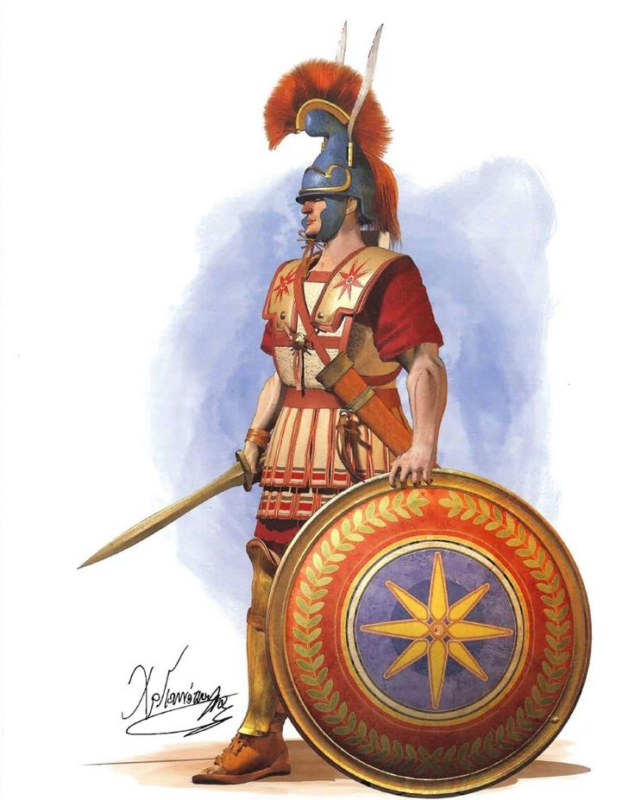
Hoplite warfare
The exact time when hoplite warfare was developed is uncertain, the prevalent theory being that it was established sometime during the 8th or 7th century BC, when the “heroic age was abandoned and a far more disciplined system introduced” and the Argive grip shield became popular.
After the Macedonian conquests of the 4th century BC, the hoplite was slowly abandoned in favour of the phalangite, armed in the Macedonian fashion, in the armies of the southern Greek states.
Find out more about the Greek Culture and history on the website of the greek art shop Hellenic Art!
Source: http://philbancients.blogspot.gr

